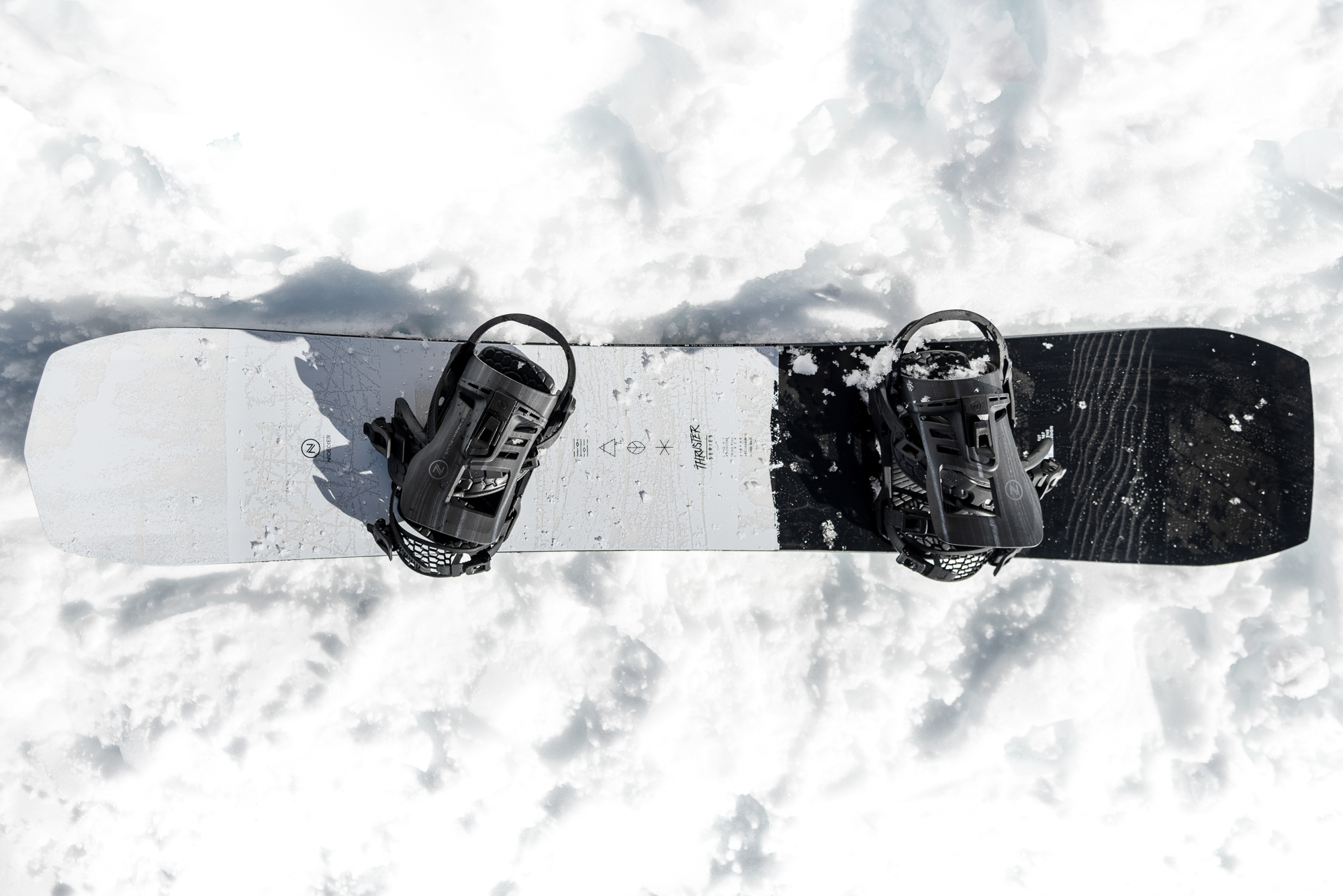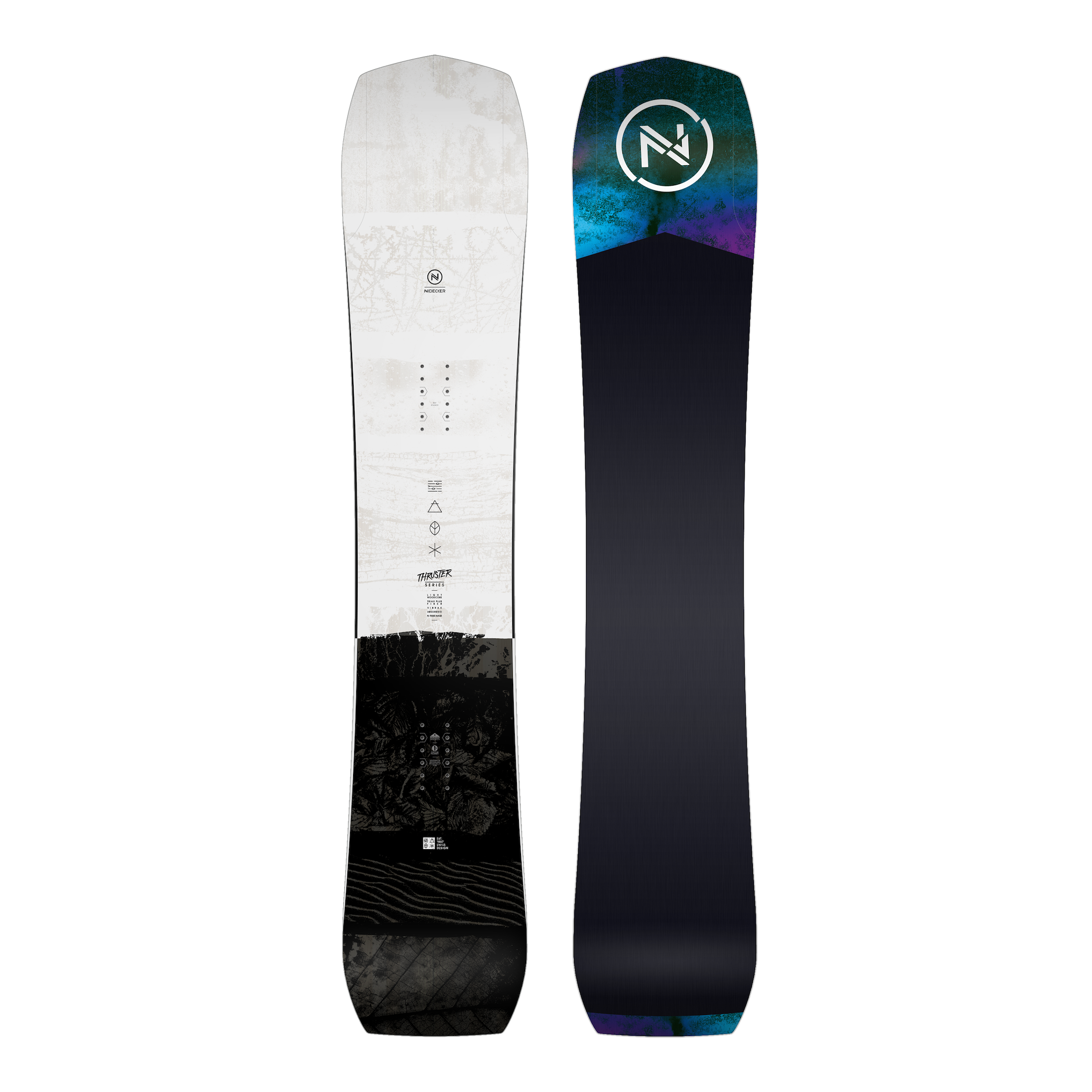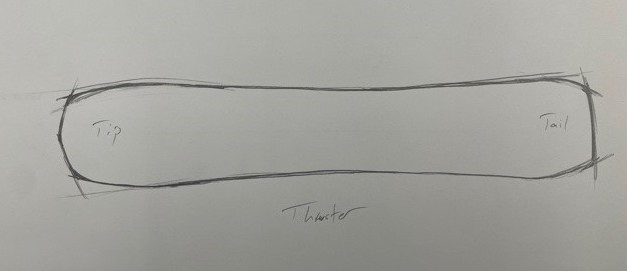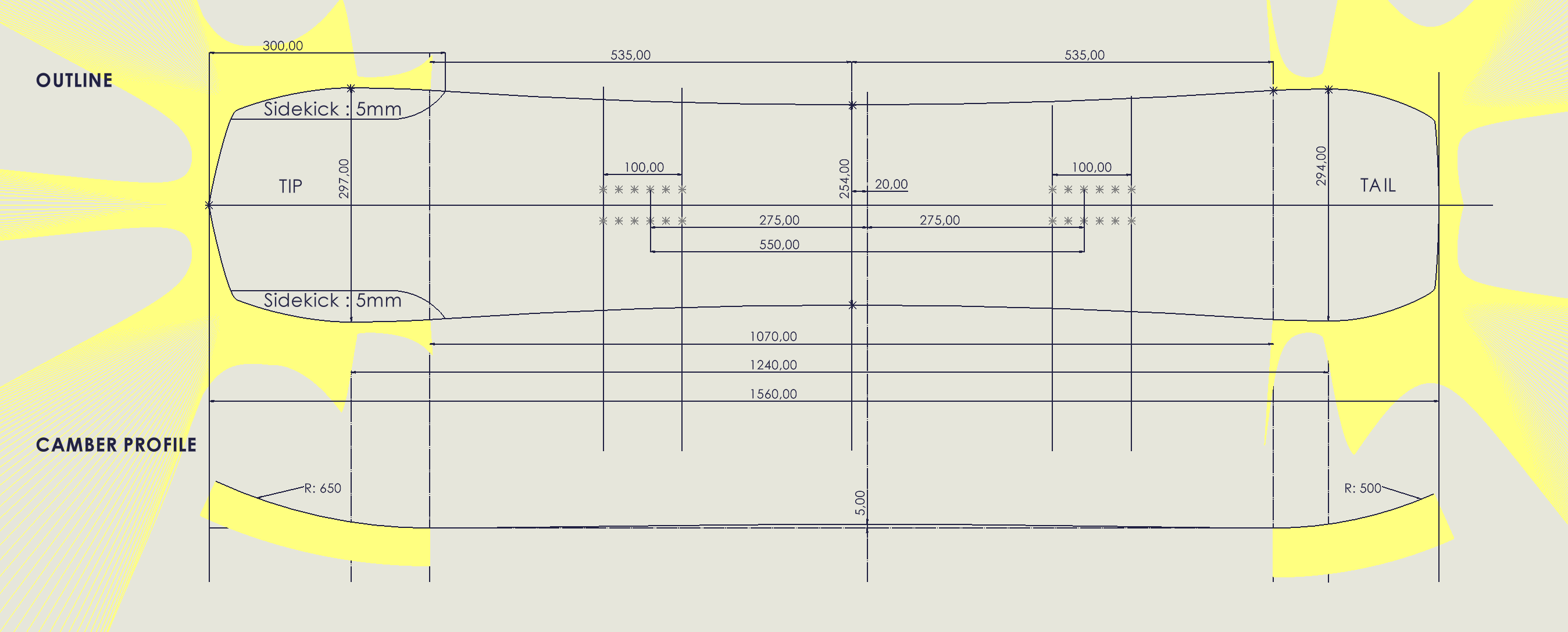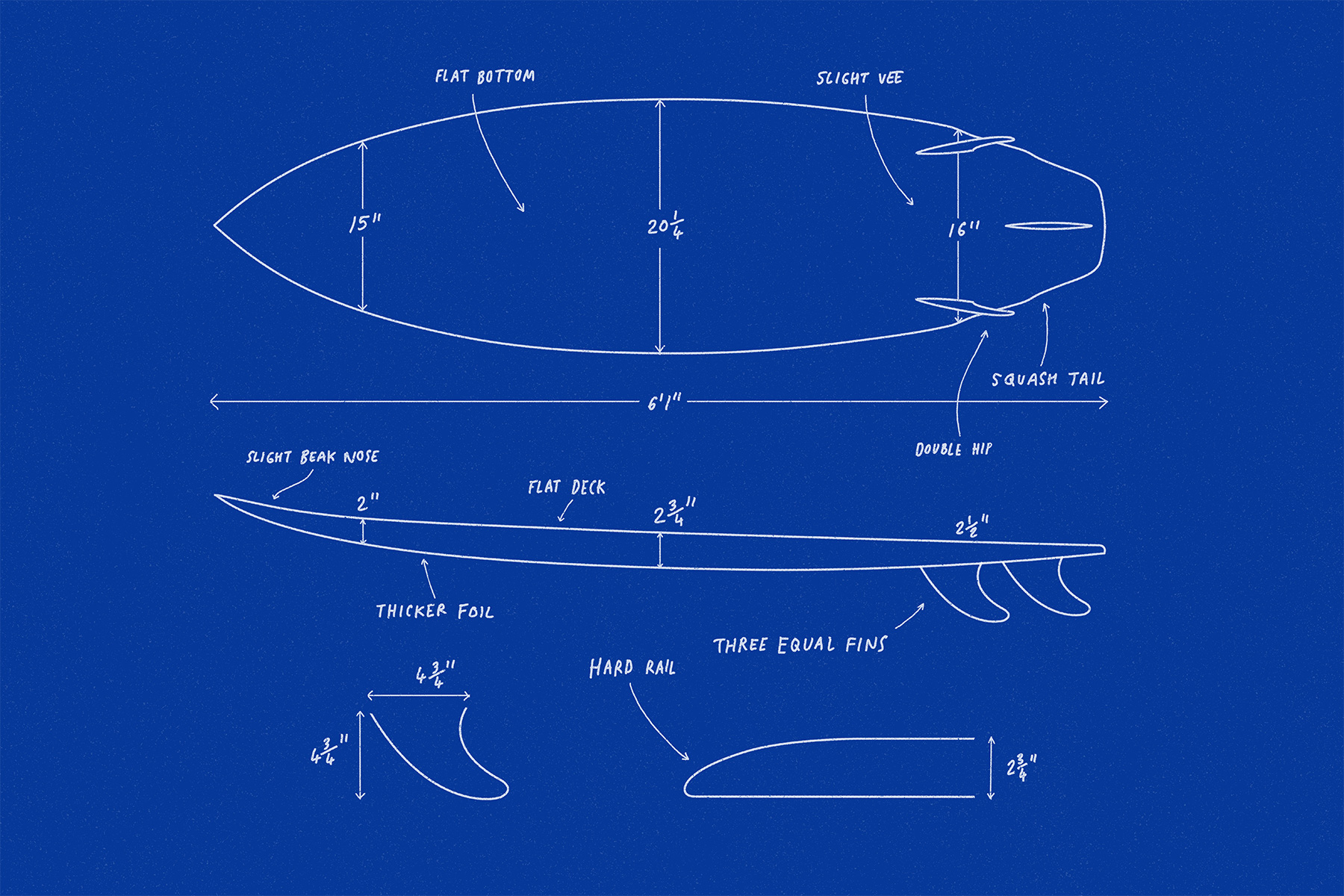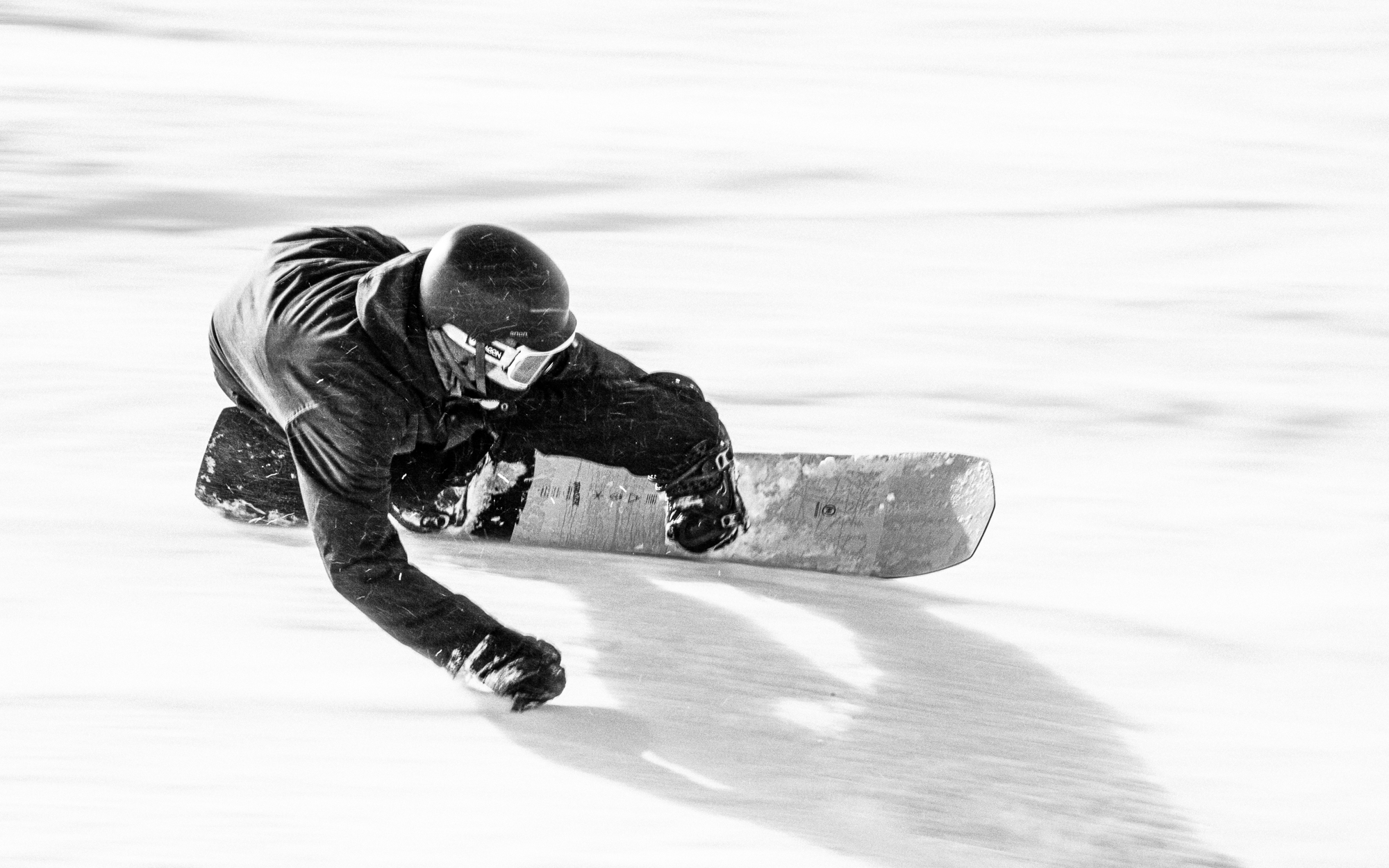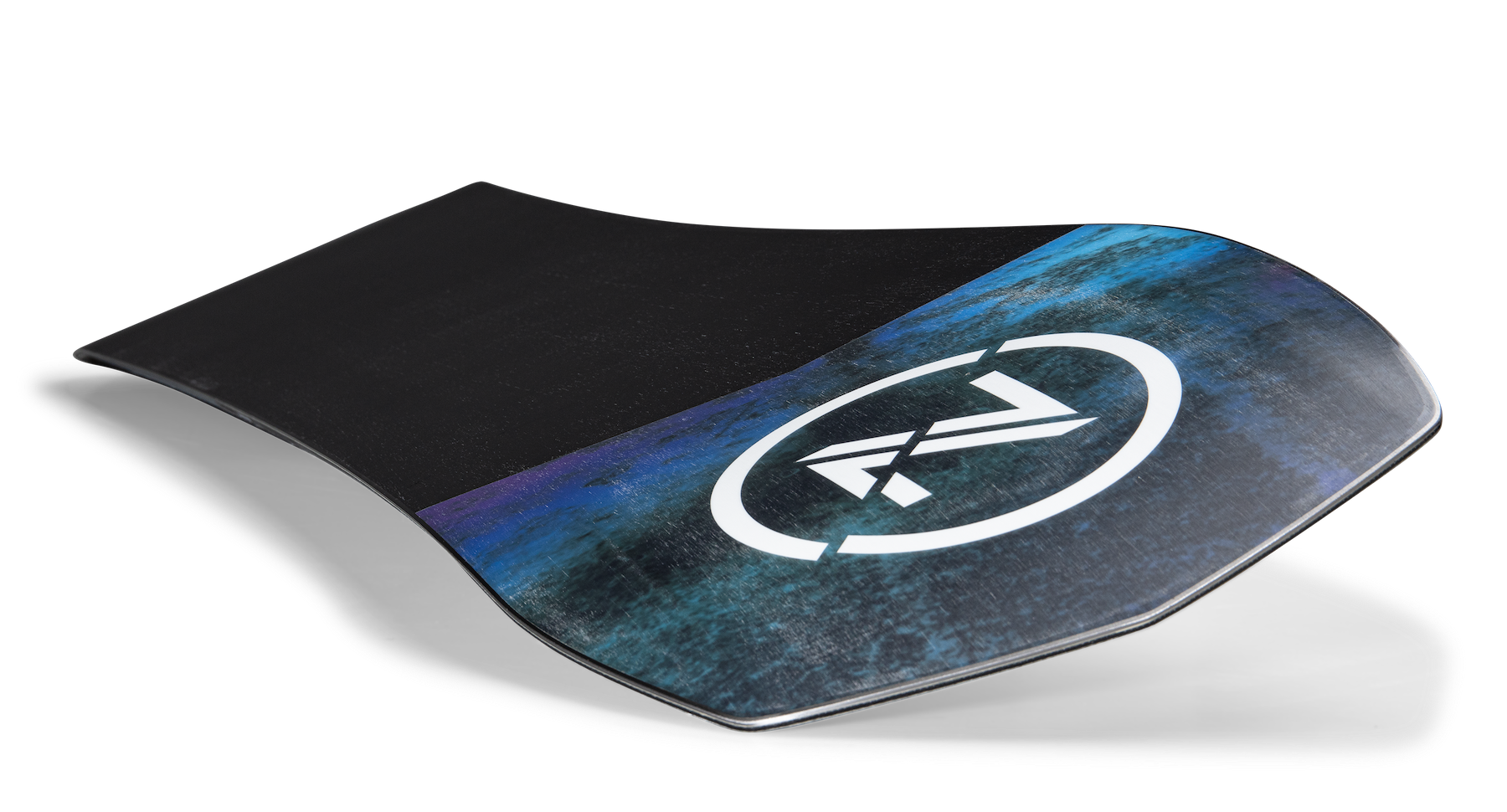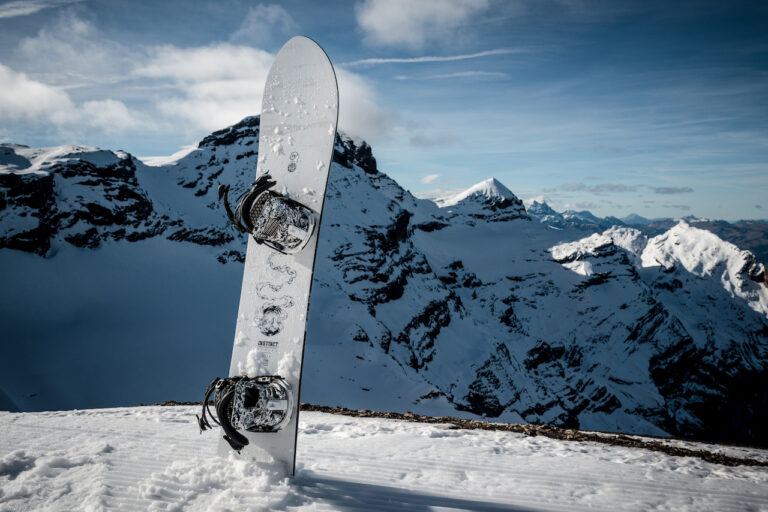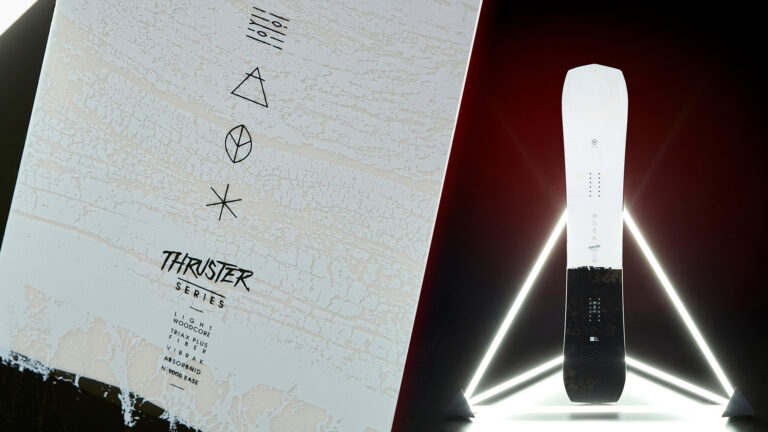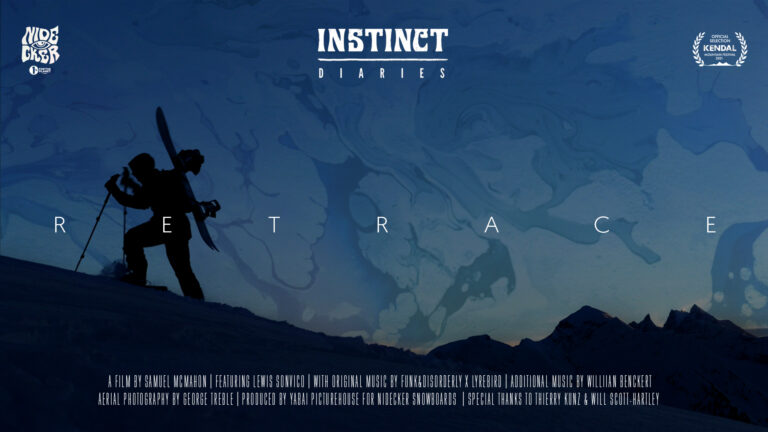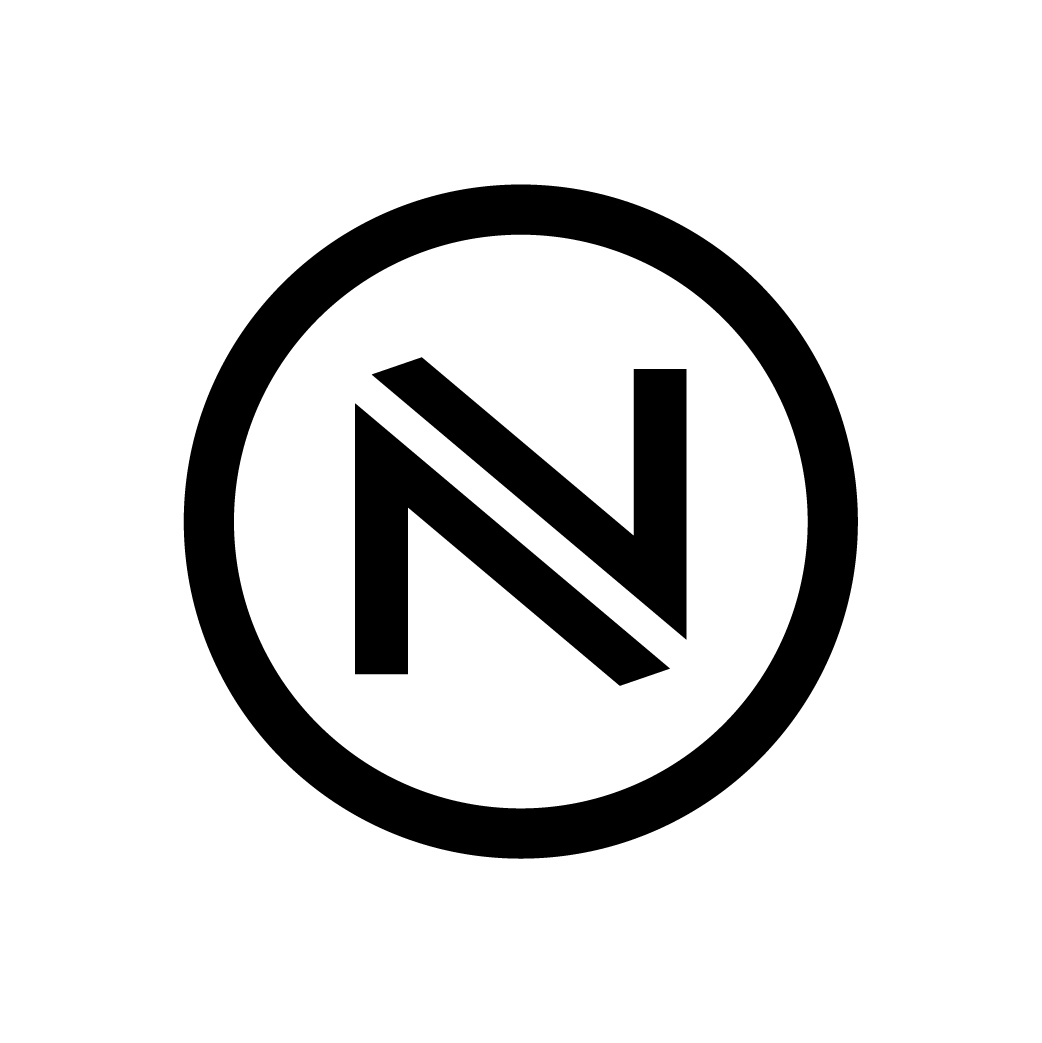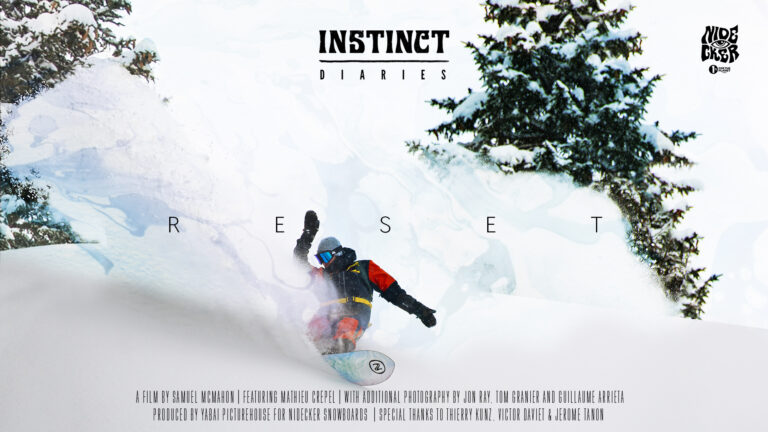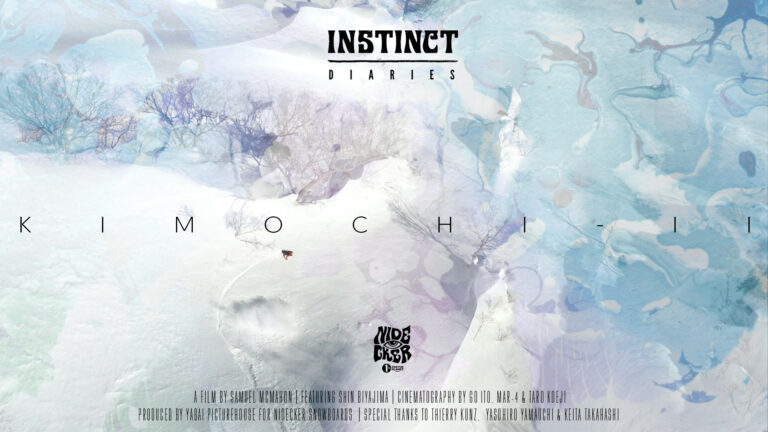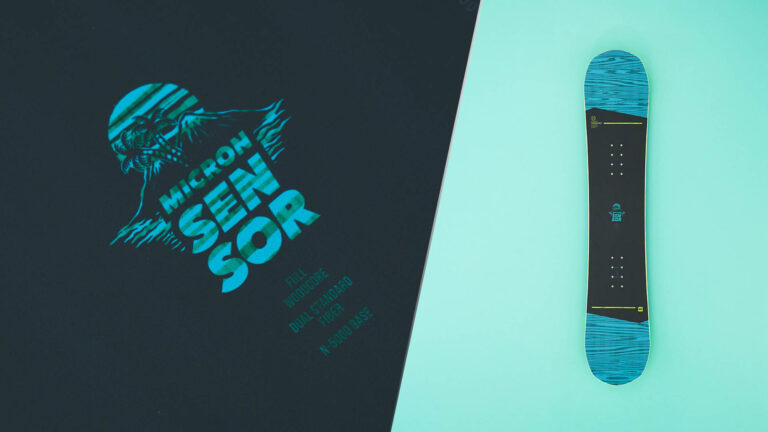In 1981, Australian Simon Anderson changed the sport of surfing forever when he entered the Bell’s Beach tour event on a new style of board. Shaped himself, it featured a short, pointed outline (similar to the templates that had gained in popularity during the 70s) but with a squared-off tail and three small fins.
The ‘thruster’, as he christened this radical craft, was an instant hit with the spectators at Bells. It allowed him to execute harder, more powerful turns on small faces and to maintain speed when carving lines in bigger surf. Within two short years, the tr-fin concept had been adopted by wave riders across the world, and a new era of aggressive high-performance manoeuvres had begun.
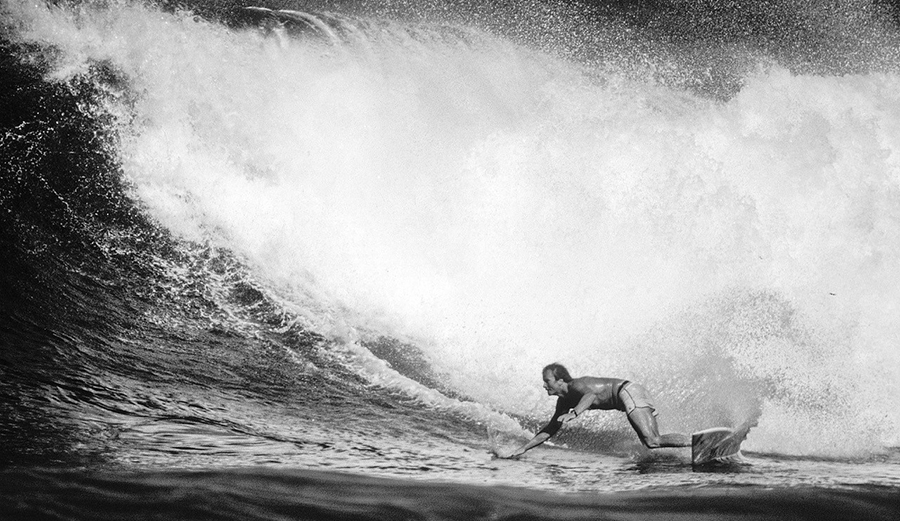
Fast forward to today, and with snowboarding rediscovering its roots as a surf-crossover sport, it’s no surprise to see the release of a new shape inspired by Anderson’s original game-changing design.
The Nidecker Thruster is the brainchild of Antoine Floquet, Product Manager at the legendary Swiss manufacturer. Speaking to him via Zoom, he looks exactly as you might imagine a snowboard designer to look: 30-something, wide spectacles, even wider smile. His enthusiasm for the job is obvious; by his own admission, it was always the dream gig.
“With snowboarding rediscovering its roots as a surf-crossover sport, it’s no surprise to see the release of a new shape inspired by Anderson’s original game-changing design”

